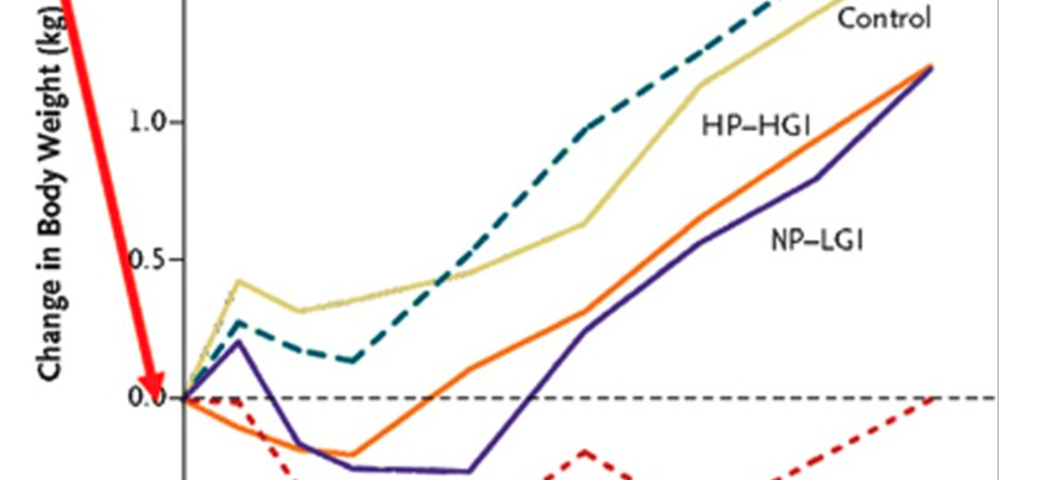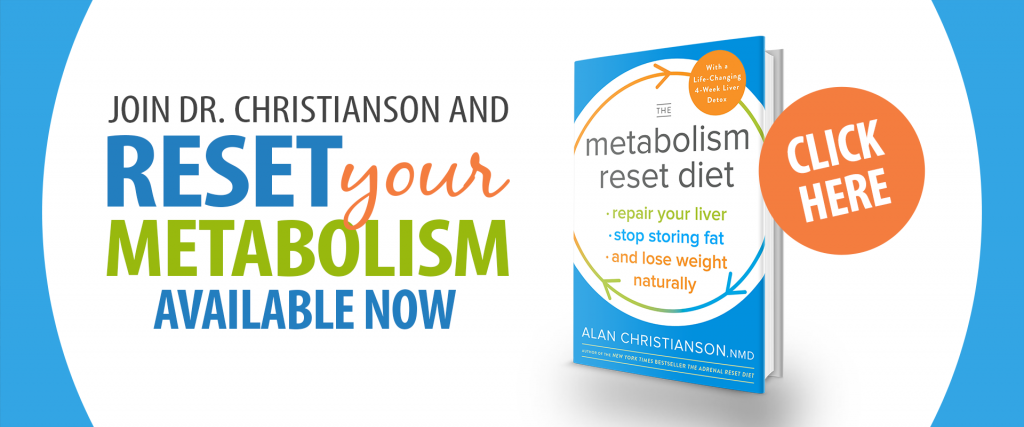How much protein does a woman need to lose weight? Forget everything you thought about low-carb this, and low-fat that. Protein is what truly moves the needle when it comes to your weight loss. In this article, I want to go deep and explain why this is the case, and to help you figure out what to do so that you can get your health back in order.
- Have any questions?
- 480-767-9018
- support@in-goodhealth.com
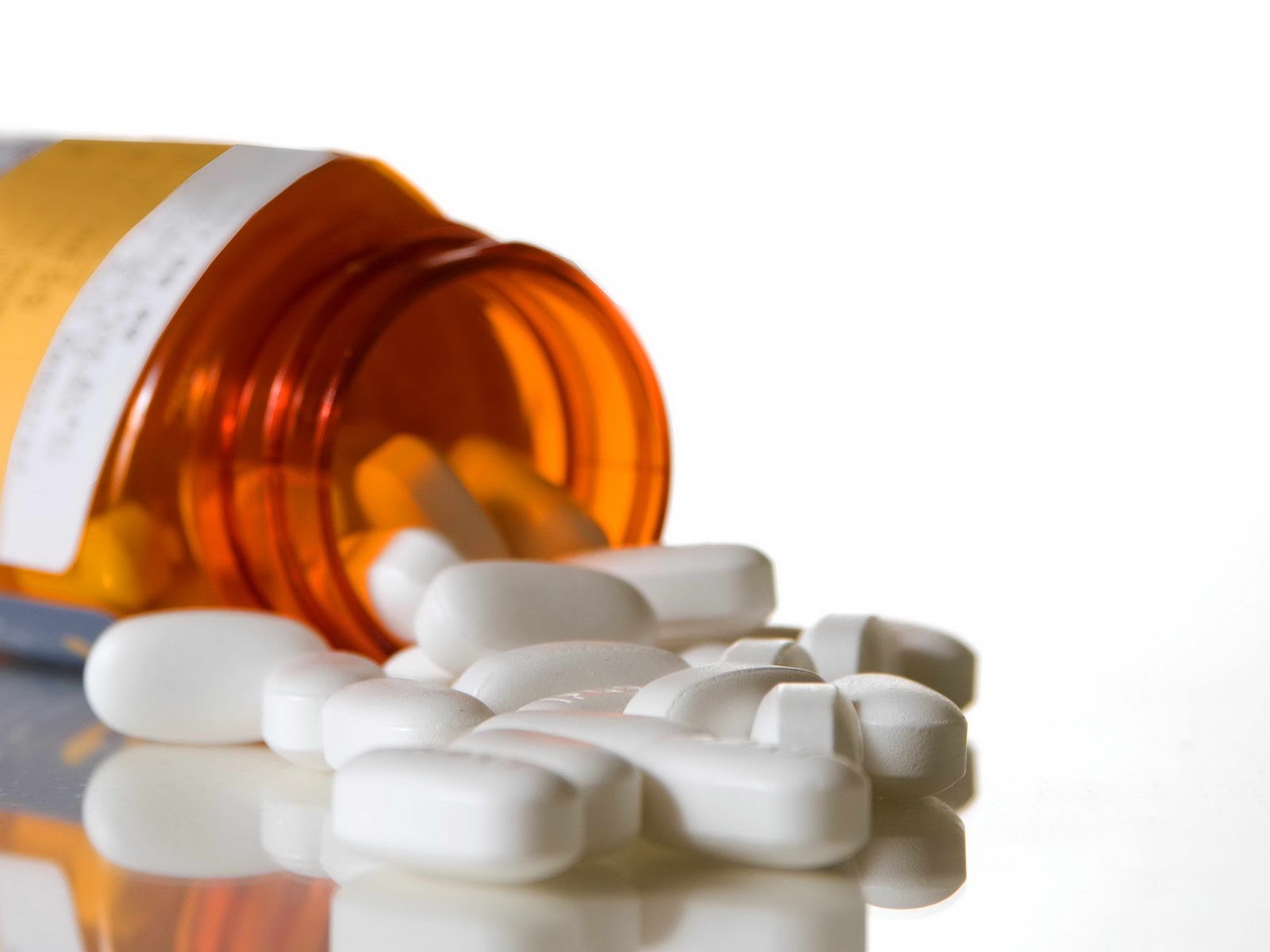
Shocking Proof That 3 Top Prescriptions Do Not Work
October 31, 2023
Update – What is the best medication for an underactive thyroid?
November 6, 2023
Shocking Proof That 3 Top Prescriptions Do Not Work
October 31, 2023
Update – What is the best medication for an underactive thyroid?
November 6, 2023How much protein do people really need?
For me, the topic of how much protein we need to get in our diets is critical. I have noticed, in my own personal life, that I fall on the extreme side of this “protein consumption” range. We all go through phases when it comes to your health, and I have been through some myself which have been harder than others.
One of these was when I was in my later high schools years. I had noticed I had become pretty sedentary, and that the pounds were finding a way to add back up. What I learned about myself was that I was consuming all of this great, clean foods, but that they were not filling me up – I simply could not get enough of them, so the pounds started adding up. It was only until I realized that I need to bring more protein back into my diet, that I actually started to feel “full” again.
Am I protein deficient?
Let’s start our conversation today thinking about how much protein we really need, and to understand that we need to understand the concept of having a protein deficiency. There are a couple things known medically when talking about protein deficiency, which are:
- Kwashiorkor, and
- Protein calorie malnutrition
Both of these diseases are super improbable in the modern world, it is like getting scurvy nowadays. What it does though, by bringing up these examples, is give us an idea of how you might be pushing back on a deficiency, but you are still far away from an optimal amount of protein. Enough to keep back disease is not enough in general.
In Conclusion: While you might not have to worry about a protein deficiency, per se, you still need to understand that being well below the optimal amount of protein is still not ideal for weight loss.
Which foods have protein?
That’s the great thing about protein, nearly all foods have some amount. We do not want to focus on the tiny sources of protein we might find in our diets, though, we want good, well-rounded sources of protein. This is where we need to differentiate the higher sources of protein, which include:
- Meat
- Fish
- Poultry
- Pork
- Dairy foods
- Eggs and egg whites
- Soy foods
- Protein powders
- Beans and legumes
- Nuts
- Seeds
- Seafood and shellfish
- Some grains (quinoa, amaranth, oats)
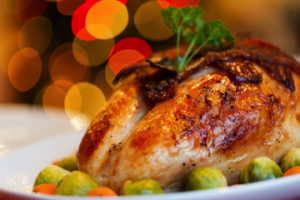
Again, this is where it is important to differentiate between eating protein enough to fight a deficiency, and eating it to the point that you are pursuing ideal body composition.1 It is not about a specific amount of protein so to speak, it is more about the amount of protein you are getting into your body versus your total caloric intake (your protein per calorie, which we will talk about later on).
Key Insight: Don’t think of your protein consumption as a minimum, think of it in terms of protein per calorie.
This is important to note, because you could have superb amounts of protein in your diet – but an overall lack of protein per calorie. In this case, you would not be deficient, but you certainly would not be optimal either.
Studies have shown that the “sweet spot” for protein intake is around 25 – 35% of total caloric intake.2 That is where good body response can be found to the amount of protein you are putting into your body, for good health and quick weight loss.
The DioGenes Study
This was an interesting study that I want to reference for our conversation today. The DioGenes Study was taken through a large part of Europe, and it was a randomized and controlled study which sought to find out more about weight loss and weight re-gain across the continent.
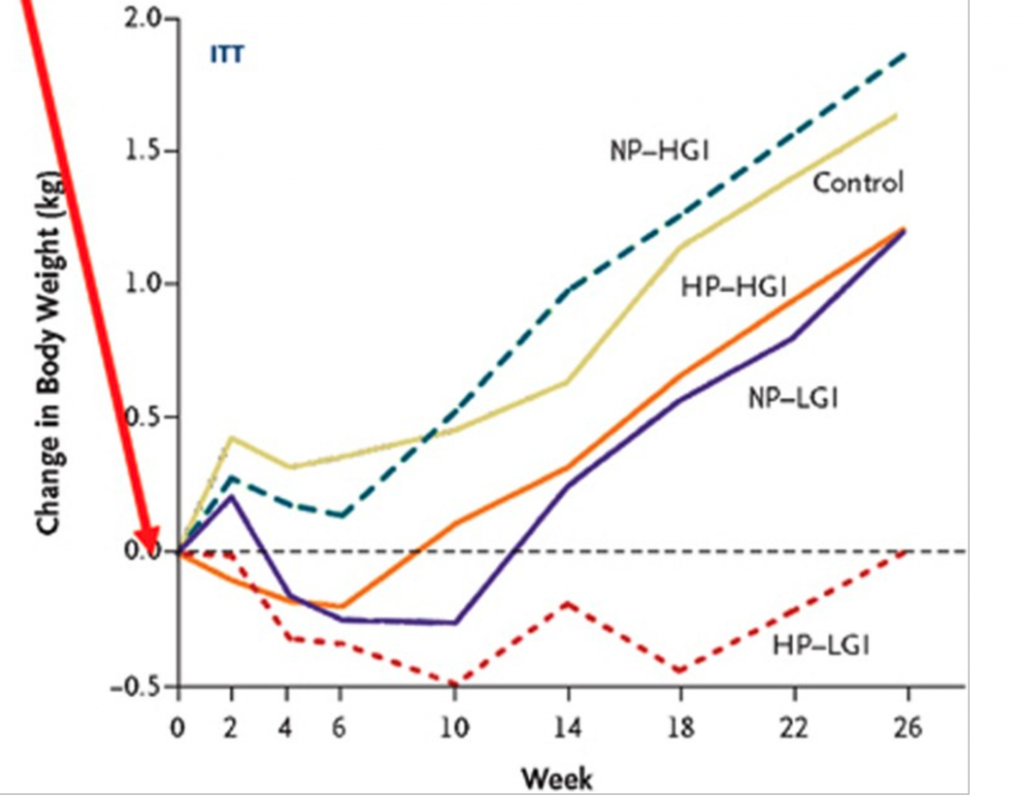
As you might be able to tell from the image, the high-protein, low-glycemic index diet did by far the best. The high protein group ate 12% more protein by calorie than the normal protein group
What they saw, in general, was that those on the higher protein diets did better in all of the key metrics. They also found that these same people had a lower dropout rate – they actually had an easier time sticking with this higher-protein diet. They also had a better time in overall body composition.
Key Insight: A diet that is high in protein is not only going to make you feel better, but it is going to be easier to stick with. Your body is going to benefit, and you are definitely not going to be bored with your protein options.
How do I calculate my protein by calorie?
Now it’s time that we get to do a little bit of math, and find out more about how we handle our protein intake with our overall caloric intake. Let’s think about it this way:
- Our total calories for the day are 1800.
- The total amount of protein (in grams) for the day is 60.
- To find the total calories from protein, we have to multiply protein grams by 4.5 (which gives us 270).
- Then we divide protein calories by total calories – so, 270 divided by 1800 is 15% protein calories.
Because women consume fewer total calories than men, reaching 25-30% can sometimes be a bit more challenging. It is often more common that they supplement with protein powders to reach their targets, without getting too much food into their systems.
In Conclusion: Figuring out your protein per calorie is going to be so important. Therefore, you are going to want to make sure that you keep track of all the foods you are putting into your system on a given day. Keep track, do not guess when it comes to your health and your body!
Which foods are protein dense?
When we talk about protein, we want to get to the heart of the issue – with the kinds of foods that are the most protein dense for our diet. We want to focus on foods which have a higher protein per calorie ratio.
This might look a bit similar, compared to our earlier list, but let’s run through it again:
- Meat
- Fish
- Poultry
- Pork
- Seafood and shellfish
- Eggs and egg whites
- Soy foods
- Protein powder
For dairy, there are only two:
- Cottage cheese
- Non-fat unsweetened Greek yogurt
What you might have noticed was the lack of nuts, seeds, beans, legumes, grains and other forms of dairy – where did they go? While they might be sources of protein, they are not the best sources of protein per calorie for our diets.
While beans might make for a good carb, and seeds make for a good fat, they might not always make for a good protein. So, we do not want to focus on them when we are trying to talk about the truly protein dense foods out there.
How does protein affect weight loss?
Satiety
Just like I talked about before, protein snacks are often the most filling. Studies have shown that when you give younger children high-protein snacks, they are left feeling more full and are not in a rush to have dinner right away.3
Staying full is an important part of helping tame those unruly urges, those which can cause us to gain more weight and feel unsatisfied with our progress. When we get more protein in our diets, especially dense proteins, we are going to be able to avoid those cravings. Helping with weight loss.
Metabolism
Protein foods also have the benefit of helping to boost our metabolic rate.4 Your body is warmer, and generating more energy to help burn that protein – it’s a process called thermogenesis, and it works wonders for your body.5
Body Composition
The last thing worth noting is body composition. A study that I recently saw compared a high-protein diet, a standard “American” diet (which is higher in fat) and a low-protein diet to view their affects on body composition. The tricky part about this is that the researchers purposely overfed everybody, so that they were getting about 1000 more calories per day than they actually needed. It turned out, though, that the high-protein diet showed the most positive signs of body composition – even when they were overeating.6 They may have put on weight, but they also better developed more muscle mass.
This is interesting, because of the fact that even though we think we are getting lots of proteins in a typical American diet – with burgers and things of that nature – what we are actually getting more of is fats (Read: 9 Reasons why high fat can harm your thyroid). We need to be super careful with what we are eating, and that we are getting the good kinds of protein, and not just foods that look like proteins (Read: Are you gaining weight because of your low protein diet).

How do I get my protein up-to-target?
In order to get into that “sweet spot” (25 – 35%) that I had mentioned earlier, most will need 25-35 grams of protein 3-5 times per day. While that might seem like a lot, it is actually easier than you think when you have the right kind of meal-planning tools.
If you were trying to reach the ideal protein per calorie target, this is how your day’s menu might look:
- Breakfast – a high-protein shake
- Mid-morning snack – a second protein shake
- Lunch – 4 – 6 ounces of poultry
- Dinner – 4 – 6 ounces salmon or tempeh
Now, this is just a rough guide. What it does though is shows you just how easy it is to work more protein into your diet effectively. Protein shakes make for great meal replacements, and they are also really delicious. It is easy to imagine eating more chicken, salmon or tempeh – it is easy to find them at the grocery store, and even easier to prepare.
Key Insight: It is not hard to get more dense proteins into your diet. All you have to do is be on the lookout for them, and work them into your weekly meal planning.
In order to go high-protein, it is going to include a lot more planning. But, it is obviously very worth it. It helps with weight loss, energy and recovery, so what’s not to love about it?
Are you looking to lose weight?
Has weight been a struggle for you? Do you feel as though you simply cannot keep those pounds away, or that you lose a few only to gain more back? Make sure that your adrenals are healthy before trying any major dietary change – take the quiz at adrenalquiz.com today.
1 – https://www.ncbi.nlm.nih.gov/pmc/articles/PMC4424378/
2 – https://ajcn.nutrition.org/content/87/5/1554S.full
3 – https://www.ncbi.nlm.nih.gov/pmc/articles/PMC4424768/#b3
4 – https://nutritionandmetabolism.biomedcentral.com/articles/10.1186/1743-7075-11-53
5 – https://www.ncbi.nlm.nih.gov/pmc/articles/PMC4424378/
6 – https://www.ncbi.nlm.nih.gov/pmc/articles/PMC4424768/

P.S. Whenever you are ready, here is how I can help you now:
- Schedule a Thyroid Second Opinion with me, Dr. C, Click Here for Details
- Need help to choose supplements? Click ‘Help Me Decide Here'
- Get my top books Here
Dr. Alan Glen Christianson (Dr. C) is a Naturopathic Endocrinologist and the author of The NY Times bestselling Hormone Healing Cookbook, The Metabolism Reset Diet, and The Thyroid Reset Diet.
Dr. C’s gift for figuring out what works has helped hundreds of thousands reverse thyroid disease, heal their adrenals, and lose weight naturally. Learn more about the surprising story that started his quest.


